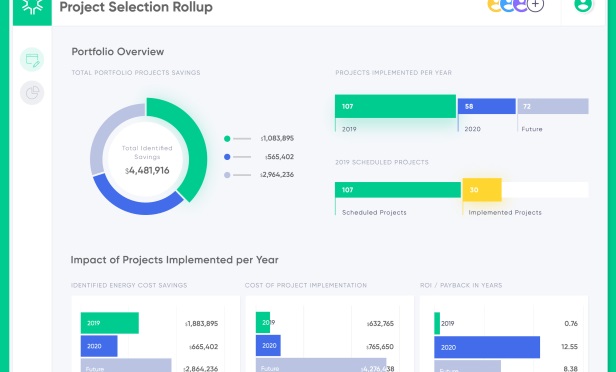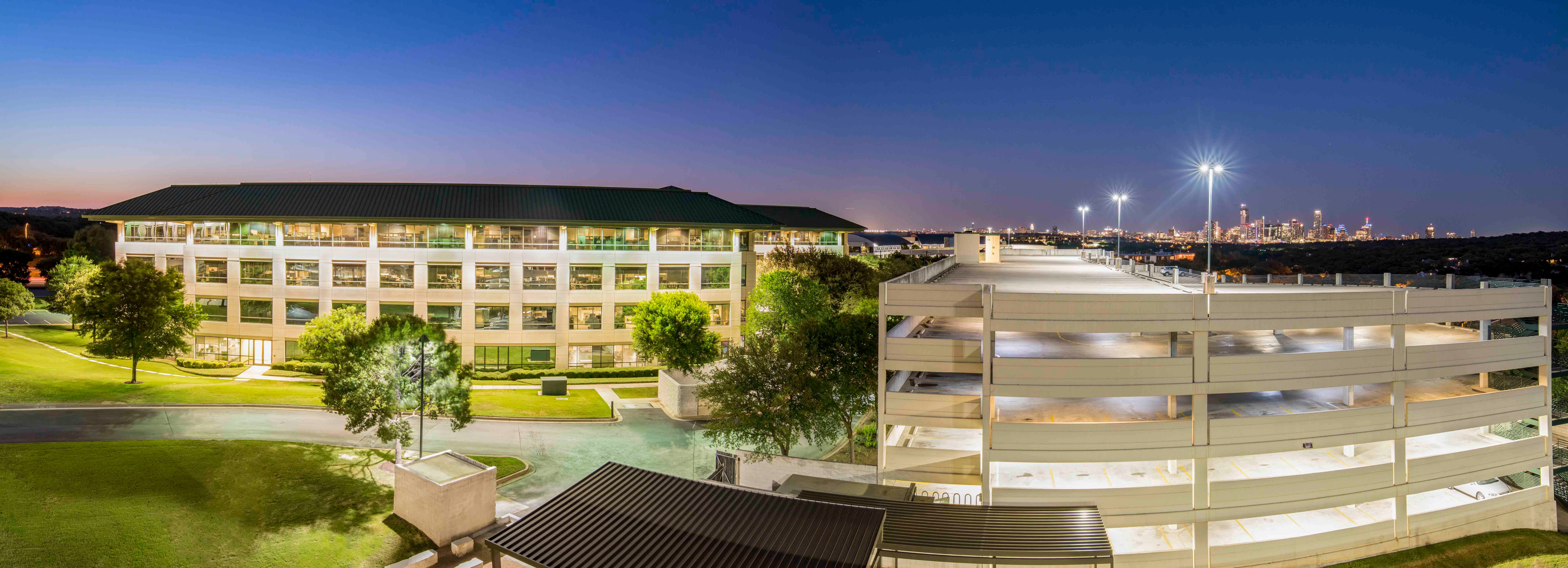 Data is input into a real-time building automation system to create an asset's digital energy twin.
Data is input into a real-time building automation system to create an asset's digital energy twin.
AUSTIN, TX—Lionstone Investments has entered into an agreement with Austin-based smart building software company Bractlet to implement the smart building technology at 31 office properties totaling nearly 9 million square feet, about half of its total US portfolio. Of the 31 properties, 14 are located in Texas encompassing about 4 million square feet. Other buildings are located in Atlanta, Denver, Los Angeles, Pittsburgh, Portland, OR, Raleigh, NC and Virginia.
Bractlet analyzes office buildings holistically and provides owners with tailored solutions to enhance building performance, and reduce energy use and operating costs. Its ability to identify opportunities to optimize capital investment and streamline costs for asset owners is tied to its analysis tools which merge building design information with operations data.
The platform identifies building performance optimizations by leveraging building design and utilization information with equipment electrical consumption and weather data. This data is input into a real-time building automation system to create a digital energy twin of each asset. Bractlet then models the impact of building improvements and equipment options (such as energy-efficient HVAC and lighting or intelligent control systems) to help asset managers determine the ROI of specific building system upgrades.
“Implementing Bractlet's technology at the portfolio-level allows us to make informed decisions that benefit our investors, conserve energy, and improve tenant comfort and productivity. In this manner, Lionstone is able to provide best-in-class management throughout the entire investment lifecycle,” says Lionstone's head of portfolio management and co-head of operations Tom Paterson.
In addition to making better investment decisions, Bractlet helps building owners execute equipment and system upgrades by providing detailed project specifications, ensuring bids are in scope and priced appropriately. The software platform provides project support once work is completed to confirm the building and equipment are performing correctly. The automated alert system monitors building performance and energy consumption, ensuring any issues are immediately flagged and fixed.
“Historically, decisions relating to capital improvements were based on traditional engineering studies, so asset managers heavily relied on human expertise and manual assessments of the impact these improvements would have on a building's performance,” said Alec Manfre, co-founder and chief executive officer of Bractlet. “Our virtual modeling capabilities use physics and thermodynamics to provide a holistic solution, allowing us to pinpoint areas for improvement that were previously unknown.”
Manfre tells GlobeSt.com that the previous method was based on rule of thumb analyses and textbook-type averages but the data-driven platform allows building owners to better understand individual nuances and real-time information such as weather patterns.
“This single view helps owners become more informed, which results in dollars and cents in terms of reduced capital expenses,” Manfre tells GlobeSt.com. “Then they can decide on which improvements should be made. Sometimes, reprogramming systems can result in more efficient settings and reduced operating system costs. This pays back in less than a year with approximately 10 to 15% savings.”
Bractlet's software has been used to evaluate more than 80 buildings across the United States, encompassing more than 25 million square feet of institutional office space. In addition to reducing an owner's energy costs, Bractlet's ability to reduce a building's carbon footprint also fulfills sustainability and corporate social responsibility mandates for owners, investors and tenants.
“In areas with extreme heat and cold, we look at how buildings get their energy and recommend reconfiguring based on that energy source,” Manfre tells GlobeSt.com. “In the case of older boilers, we often recommend smaller boilers which can be more efficient and reduce costs, in the case of one building, in the neighborhood of $80,000.”
To date, Bractlet has raised more than $6.7 million led by ATX Venture Partners.
The Companies Act of 2013 mandates a contribution of 2% of post-tax company profits to corporate social responsibility activities, according to Brookings.
© Touchpoint Markets, All Rights Reserved. Request academic re-use from www.copyright.com. All other uses, submit a request to [email protected]. For more inforrmation visit Asset & Logo Licensing.







